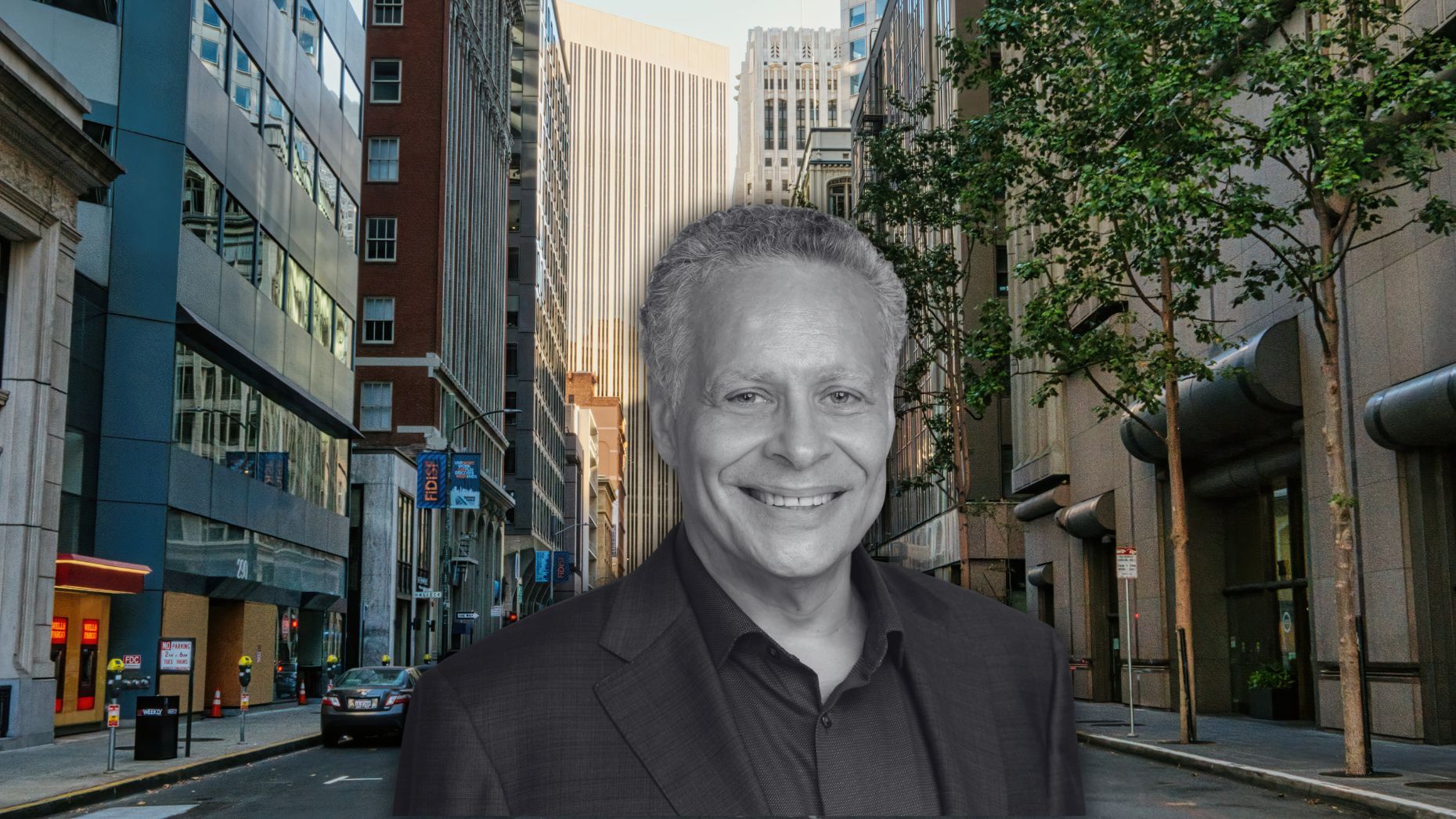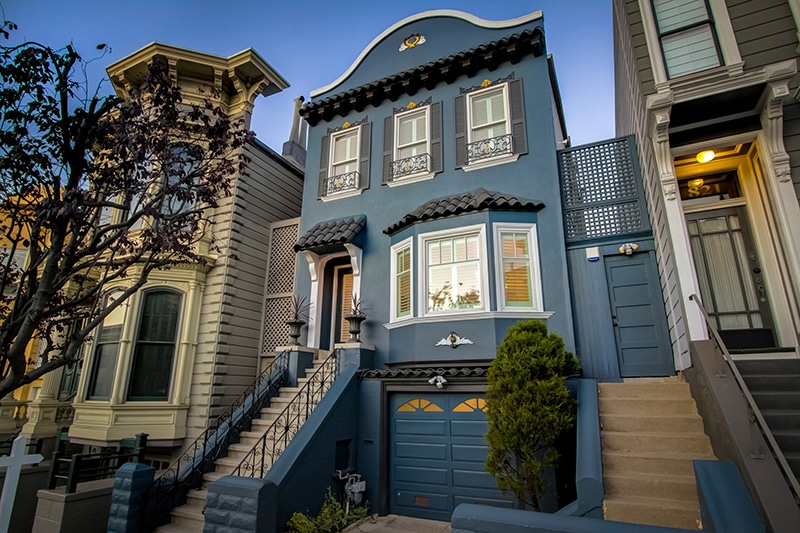The idea of high-speed rail linking Newcastle to Sydney edged closer to reality this month. So what will that mean for house prices along the proposed line?
For around 40 years, governments have explored the prospect of high-speed rail traversing Australia’s east coast.
This month, the concept came a step closer to reality with the federal government’s independent infrastructure assessor approving the business case for high-speed rail between Newcastle and Sydney.
Australia has been studying the feasibility of high-speed rail for years. Now, a link between Newcastle and Sydney is one step closer to reality. Image: High Speed Rail Authority
The route linking the two largest NSW cities is deemed the priority for the first stage of the high-speed rail project, which, should it go ahead, would eventually connect to Melbourne and Brisbane.
Travel times between Sydney and Newcastle would be slashed from two hours and 40 minutes to around an hour, with stations at Broadmeadow in Newcastle, Lake Macquarie, the Central Coast, Sydney Central, Western Sydney Airport and Parramatta.
PRD chief economist Dr Diaswati Mardiasmo said global examples in countries like China, Japan and Indonesia show that faster intercity travel broadens the locations people are willing to live while working in major CBDs.
She expects the proposed high-speed rail project would lead to higher demand and rising residential prices in regions like Newcastle, Lake Macquarie and Port Stephens as people priced out of Sydney look further afield.
“That's going to put more pressure on local residents in Newcastle and surrounding areas, especially because supply in those areas is quite tight,” she said.
“Yes, some housing stock is being created, but it's always less than what is needed.
“And yes, it will mean that prices will definitely go up because of this increase in demand.”
Newcastle could be one of the first Australian cities to be home to a high-speed rail stop. Image: Getty
The track would span 194 km, allowing train speeds of up to 320 kmh and 200 kmh in tunnelled sections.
Construction would start 2027 and be completed by 2042. The next step in the project is a two-year phase covering the groundwork needed before the federal government makes a final investment decision.
The corridor is Australia’s busiest regional travel route and over 9.2 million people are expected to be living in the area spanning Newcastle to Sydney by 2061.
Areas around the proposed high-speed rail station locations are already seeing a range of new housing projects and major development emerge.
Newcastle’s East End and Broadmeadow are undergoing large transformations, with new housing, better transport links and public spaces, and state-led rezoning that enables thousands of new homes.
Around Lake Macquarie, estates like Cameron Grove and Watagan Park offer new land releases with bushland views and a lifestyle focused on space and convenience.
Living in regions like Lake Macquarie, where the Watagan Park estate is location, could become a lot easier for Sydney commuters with a high-speed rail link. Image: realestate.com.au
In Parramatta, major high-rise projects including 180 George – a 67-storey riverfront tower – are underway.
The Central Coast has boutique offerings like the luxury Atrium apartments in Terrigal and the Archibald towers in Gosford.
Meanwhile, Western Sydney developments include townhome estates like Signature Lakefront at The Gables and apartment projects such as Penrith’s East Side Quarter, where apartment projects like Eden and Perle are bringing hundreds of apartments to the area.
Property Council of Australia group executive of policy and advocacy, Matthew Kandelaars, said shorter commutes will drive jobs, housing and economic activity, but warned that skill shortages to deliver new homes and infrastructure, and poor planning, could limit benefits.
“Faster connections from regional hubs to the city will likely make regional living more attractive. This, in turn, may drive new demand for housing, which is why creating plans now to boost housing supply is vital in making housing more affordable,” Mr Kandelaars said.
Fast rail is just the starting point, he added, saying efforts must be coordinated with precinct planning, land-use changes and streamlined approvals so housing supply can match demand.
According to the business case, high-speed rail from Newcastle to the Central Coast is planned by 2037, reaching Sydney Central by 2039 and Western Sydney Airport by 2042.
A high-speed rail stop on the Central Coast could significantly reduce commute times between the coastal region and Sydney. Image: Getty
Dr Mardiasmo said improved rail would give workers more flexibility to live outside the CBD, and also make residents more employable for Sydney-based jobs.
She said the high-speed rail concept mainly benefited people with hybrid work and those who are specifically looking for the lifestyle offered in communities outside of the city, since commuting would still take significant time once you include travel from stations.
Affordability might also be a factor, but while Newcastle and Lake Macquarie offer lower house prices than Sydney, Dr Mardiasmo pointed out they are no longer inexpensive markets.
“The median house price for Newcastle and Lake Macquarie has been climbing up for the past ten years,” she said.
“It's not cheaper in the sense that you're suddenly going to be able to get something for a complete bargain.”
Overall, she said not everyone would be enticed to move, as many workers still needed to be in the Sydney office five days a week and many may still prefer city living despite the appeal of a slower regional lifestyle.
Are you interested in learning more about where new homes are being built across Australia? Check out our dedicated New Homes page.



















 English (US) ·
English (US) ·